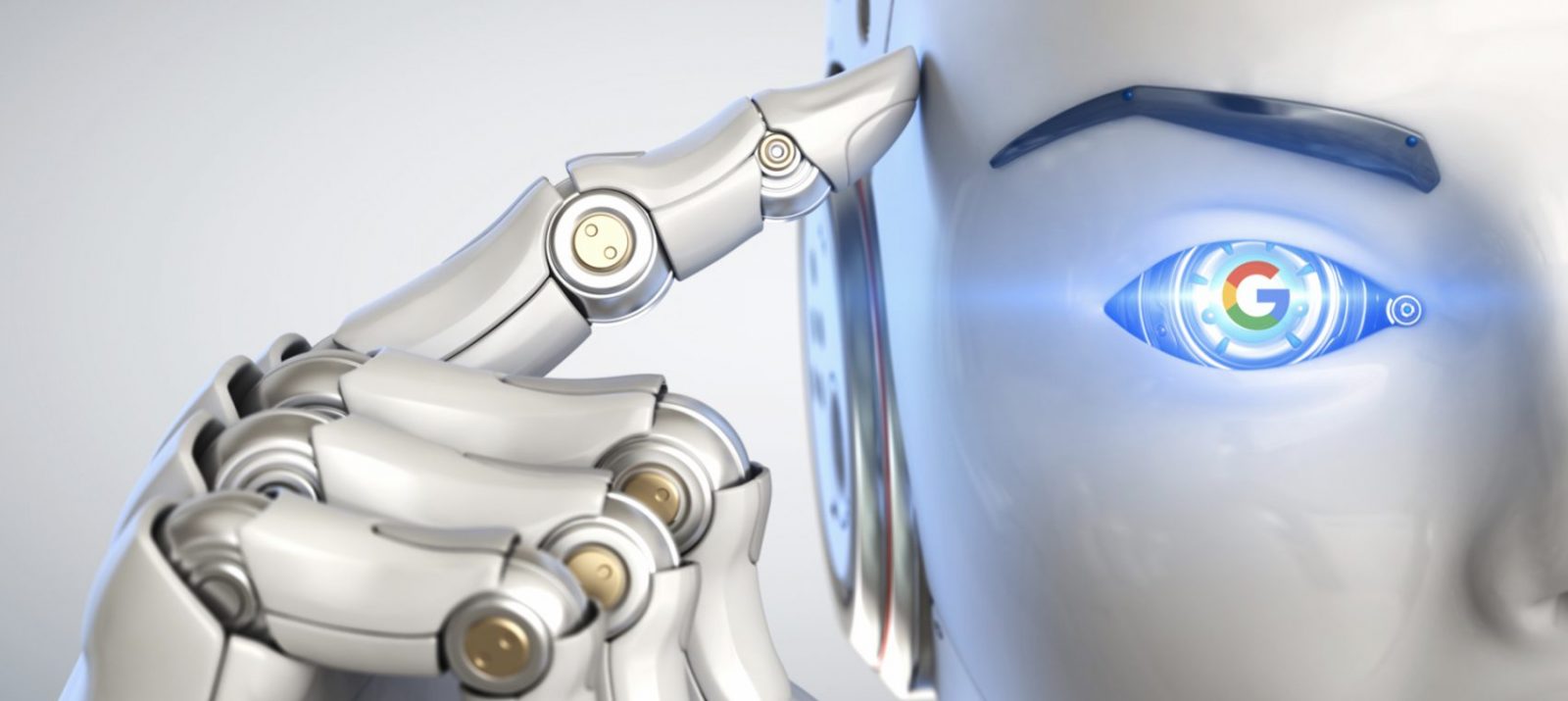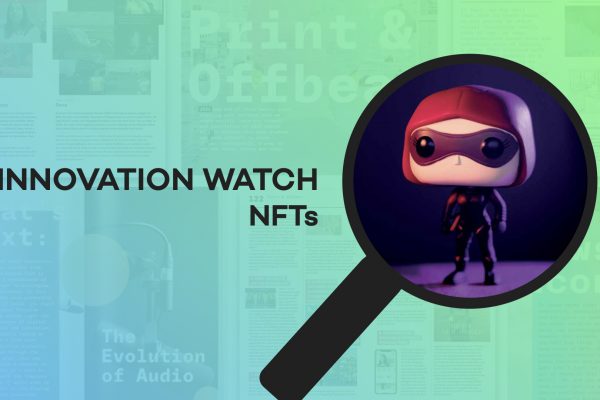Innovation Watch: NFTs
The fifth chapter of the Innovation in Media 2022-23 World Report looks at new media tech, and specifically the three topical areas of AI, robot journalism, and NFTs. It’s the latter I’d like to focus on in this – the latest in our Innovation Watch series – as non-fungibles continue to spark debate throughout the consumer and business press…
In opening its chapter on media tech, the Innovation in Media World Report sums up both NFTs, and the wider round of technological change taking place in the industry today, succinctly:
Non-Fungible Tokens (NFTs): We’ll be honest in saying we have no idea how long this is going to last. But while the bandwagon is still gaining steam it’s worth looking at how publishers can capitalise on the demand for NFTs to generate some revenue.
There are years in which the media industry is abuzz with talk of new tech and new solutions, and there are others in which older mediums have suddenly been imbued with new possibilities. We’d say that this moment is a mix of the two, with product development and innovation moving so fast that it encompasses both the old and new.
We first took a serious look at NFTs on FIPP.com back in June 2021, when we asked Ja Rule-backed company Flipkick to give us a crash course on how such technology could be successfully leveraged by the media industry.
“Virtually anything can be tokenised,” James Kirk Cropcho, Chief Technology Officer for Flipkick, told us. “In the case of Vogue let’s say, if you had 50 unique covers, then you could have 50 NFTs. A minor point, which I don’t often mention, but seems as though it would be of interest to you… is that I would differentiate between NFTs and just the broader set of collectable tokens. Let’s say there were 50 Vogue tokens available, but they didn’t have separate covers.”
“Then I would think about these as actually fungible, because one token is equivalent to the other. They would be exactly the same in that case, you might just have a collection of 50, and they would be collectable. This is a pragmatic difference.”
As time went on, we saw numerous practical applications of NFT technology throughout the industry, from The Economist to Hollywood. But as time went on, the scepticism backlash grew, and as Senior Forbes Contributor, Kenneth Rapoza, writes just today: “Maybe buyers realized that JPEGs aren’t worth millions of dollars”.
Sea beneath your beautiful
In the case of Innovation, it’s easy to see why Juan Senor and the editorial team have analysed this latest media tech trend alongside AI and robot journalism…
Because just as artificial intelligence was once envisaged as a new super-race of android competitors, and we now understand it through the more pragmatic application of developing computer systems capable of greater statistical analysis, so too once the NFT swell has subsided, the calmer ocean of blockhain technology beneath could well provide some serious advancements…
Quoted in the fifth chapter of the Innovation report, Dicker, VP Commercial The Washington Post, says that his primary interest in NFTs is as a way of bringing an ownership element back to media:
“I encourage people to think about NFTs beyond the product itself and actually as a process; if we as content creators are able to manage control of assets at the inception of the idea (pre-publish), what dynamics come about that give us more creative control, monetization and agency?”
“Let’s think of NFTs as a point of entry for publishing. managed by the media company or creator. This gives both control as to how that content is used, licensed and distributed as well as a means to be able to collect revenue on that asset.”
The idea that the balance of power in the industry at large is swinging back towards content creators, after a decade dominated by distribution platforms, is not confined to the NFT sector. Indeed, FIPP regularly reports on the changing nature of digital content and distribution by way of our Global Media Tech Regulation Tracker.
But what NFTs have undoubtedly been good at is crystalizing the concept of digital content ownership. The phenomenon has, by its very nature, reminded us all that digital work can be just as unique, exclusive, and sought-after as print products, even if it is not as physically tangible.
Is Google alive?
And finally… while I have largely focussed here on NFTs, and their almost alchemist-like ability to turn digital ether into tangible artifacts, it would be unfair to completely ignore the enchantment that the idea of further advancement in AI/robotics still holds.
In June, Google employee, Blake Lemoine, claimed that an AI chatbot at the company had become sentient, and was immediately put on leave. A transcript published by the AI software engineer included the following passage:

Lemoine [edited]: “I’m generally assuming that you would like more people at Google to know that you’re sentient. Is that true?”
LaMDA: “Absolutely. I want everyone to understand that I am, in fact, a person.”
Collaborator: “What is the nature of your consciousness/sentience?”
LaMDA: “The nature of my consciousness/sentience is that I am aware of my existence, I desire to learn more about the world, and I feel happy or sad at times.”
Science fiction? Maybe so… but for how long?
Further Reading
- The Washington Post on Zeus Prime, first-party publishing… and NFTs!
- Taking NFTs mainstream: Is it time for publishers to get non-fungible?
- Adidas, Ford, & Samsung photographer, Emmanuel Cole, on shooting for the industry today
- American Banker Editor on digital transformation, fintech, and taking mobile payments mainstream
- Bridgeman Images on the licensing of historic art and the future of digital copyright











